It is a common sight to see little girls dressed up in princess frocks, with princess or Barbie accessories, armed with similar merchandise. I even sighted a toddler in heels. What is it about these characters and accessories that enthral a child? Dressing up, identifying with a character makes them feel good. There is nothing wrong with being a princess – it can just be fun.
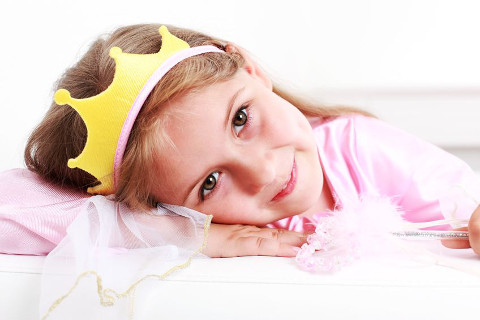
But in the midst of these dress ups, parents need to keep a discerning eye to how girls (and boys) are interpreting all these messages about beauty. Is beauty merely about a person’s appearance?
Here are six lessons you can teach.
#Lesson 1: A Positive body image
We all look different. It is okay not to be wafer thin, to have long hair or to have slender legs. There’s nothing wrong by looking different from the average child. Parents can help by teaching children to appreciate their bodies and be confident of who they are.
#Lesson 2: Beauty is not just physical
Beauty is not defined by how a person dresses. You can teach your child that it’s the inside that counts more. Affirm your child of their beauty by reinforcing their good qualities. For example when your boy forgives someone for snatching a toy or when your girl does something kind for her classmate.
Encourage them to strive for their inner beauty to shine through more, by doing good and thinking of others.
#Lesson 3: Beauty is not everything
From a bigger perspective, don’t put too much focus on beauty. It may give a misleading impression that beauty defines a person. Let your child know they are precious just for being who they are. She is the same valuable, loveable person to you in her PJs as when she is dressed up as Rapunzel.
#Lesson 4: Use your words wisely
Instead of using words such as ‘thin’ or ‘skinny’, steer the focus of losing weight to becoming more ‘healthy’ and ‘fit’ instead. For example, exercising regularly and eating well for the purpose of being healthy, as opposed to losing weight to become skinny. Also, talk to your children how health is more important than the size of the clothes they wear.
#Lesson 5: Reduce the consumption of imagery
We are influenced by what we see and hear. These young minds are pounded by so many images daily through the media, books and games. Assess the level of such exposure for your child and be aware of how beauty may be ‘normalised’ through these platforms. Just because most of the princesses and Barbie have long hair does not make that the average ‘beauty’ standard to compare oneself to.
#Lesson 6: Talk about it
When an inappropriate cartoon scene or advertisement is being played, take this chance to engage your children by asking questions to get them thinking. “Is this the way to be happy? Do you think the people on TV are really happy?” Or when they are engaged in play, you can ask them how do they think their dolls should be dressed for a certain function.
If there are inappropriate clothing, toys or games that portray a strong image on beauty which you do not wish to instil in your child, use them as tools for discussion before dismissing them. Then, offer alternatives which you feel will be more suitable for your child.
Our children have awareness of their body and self-image at a young age. It is vital to guide them on the definition of beauty and empower them to love themselves and honour their bodies.
How do you teach your child the idea of beauty? Share them with us!
By Som Yew Ya.
This article was first published in The New Age Parents e-magazine.
* * * * *
Like what you see here? Get parenting tips and stories straight to your inbox! Join our mailing list here.
Want to be heard 👂 and seen 👀 by over 100,000 parents in Singapore? We can help! Leave your contact here and we’ll be in touch.




































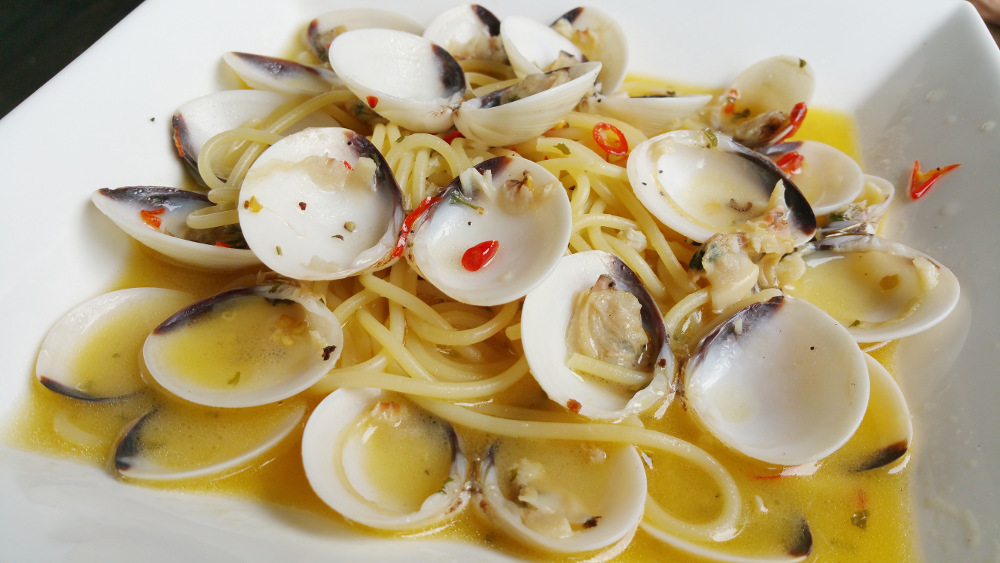
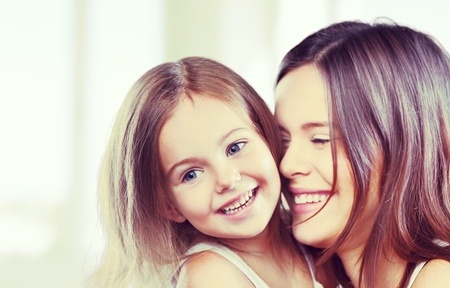


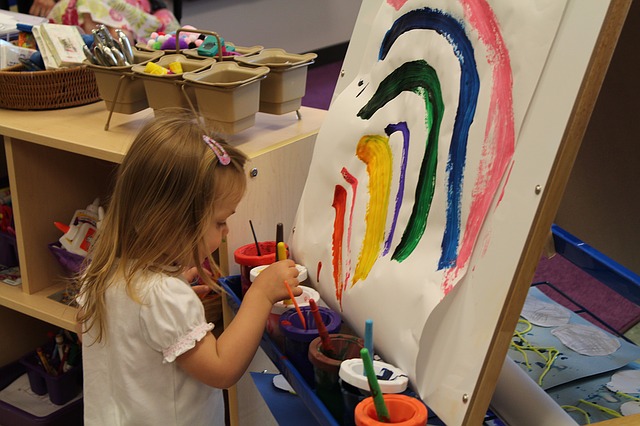
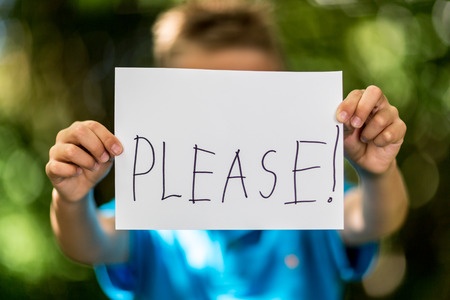

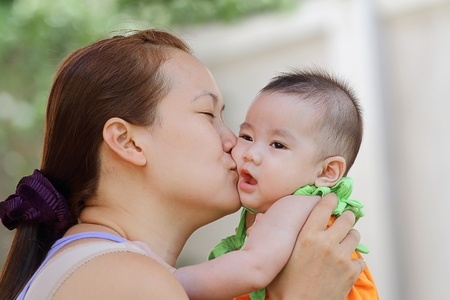



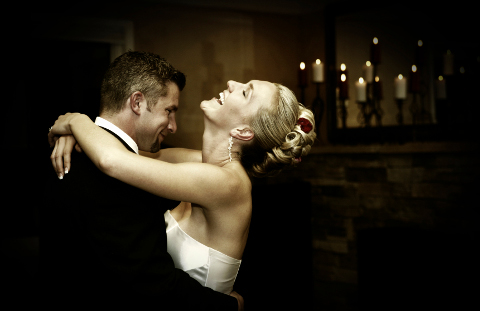
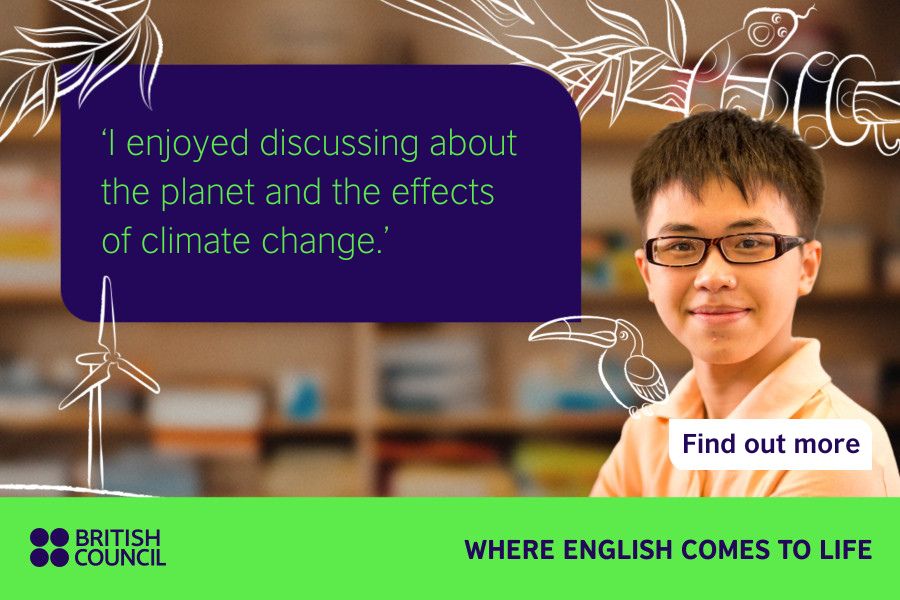


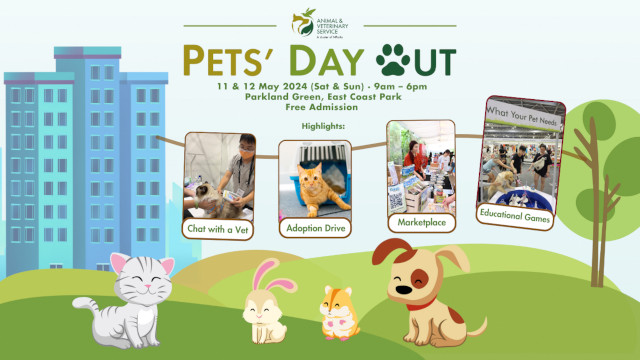






Leave a Comment: